Integration of Advanced Analytics
The integration of advanced analytics tools is transforming the programmatic advertising market in Germany. Advertisers are increasingly utilizing data-driven insights to optimize their campaigns and improve return on investment (ROI). In 2025, it is projected that the use of analytics in programmatic advertising will rise by 40%, as brands seek to understand consumer behavior and preferences better. This trend indicates a shift towards more informed decision-making processes, where data plays a crucial role in shaping advertising strategies. Consequently, the programmatic advertising market is likely to witness significant growth as companies invest in analytics capabilities to enhance their campaign effectiveness.
Expansion of Digital Media Consumption
The programmatic advertising market in Germany is benefiting from the ongoing expansion of digital media consumption. With more consumers engaging with online content across various platforms, advertisers are increasingly allocating budgets to programmatic channels. In 2025, it is estimated that digital media consumption will increase by 25%, leading to a corresponding rise in programmatic ad spending. This trend suggests that advertisers are recognizing the importance of reaching audiences where they spend their time, thus driving growth in the programmatic advertising market. As digital media continues to evolve, the demand for programmatic solutions is expected to rise, enabling brands to connect with consumers more effectively.
Rising Demand for Targeted Advertising
The programmatic advertising market in Germany is experiencing a notable increase in demand for targeted advertising solutions. Advertisers are increasingly seeking to reach specific demographics and consumer segments, which is driving the adoption of programmatic technologies. In 2025, it is estimated that targeted advertising will account for approximately 70% of all digital ad spending in Germany. This shift is largely attributed to the ability of programmatic advertising to leverage data analytics and consumer insights, allowing brands to deliver personalized messages effectively. As a result, the programmatic advertising market is likely to expand, with more businesses investing in sophisticated targeting capabilities to enhance their marketing strategies.
Regulatory Changes Impacting Data Usage
Regulatory changes regarding data usage are significantly impacting the programmatic advertising market in Germany. With the implementation of stricter data protection laws, advertisers are compelled to adapt their strategies to ensure compliance. In 2025, it is expected that 60% of advertisers will prioritize data privacy in their programmatic campaigns. This shift may lead to increased investment in privacy-focused technologies and practices, as brands seek to maintain consumer trust while leveraging data for targeted advertising. Consequently, the programmatic advertising market is likely to evolve, with a greater emphasis on transparency and ethical data usage shaping future advertising strategies.
Emergence of New Advertising Technologies
The emergence of new advertising technologies is reshaping the programmatic advertising market in Germany. Innovations such as connected TV (CTV) and programmatic audio are gaining traction, providing advertisers with new avenues to reach audiences. In 2025, it is anticipated that CTV advertising will grow by 30%, reflecting a shift in consumer viewing habits. This evolution indicates that advertisers are adapting to changing media landscapes and exploring diverse formats to engage consumers. As a result, the programmatic advertising market is likely to expand, with brands increasingly investing in these new technologies to enhance their advertising reach and effectiveness.


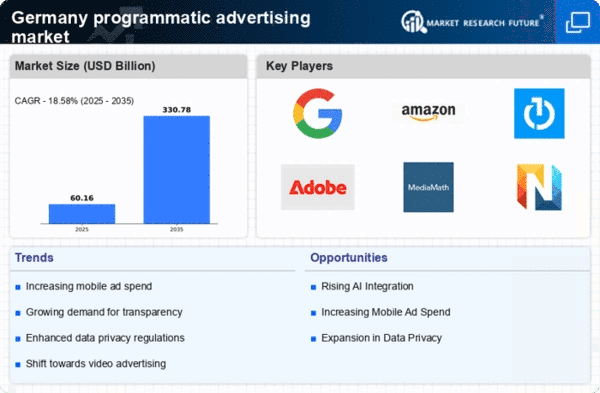
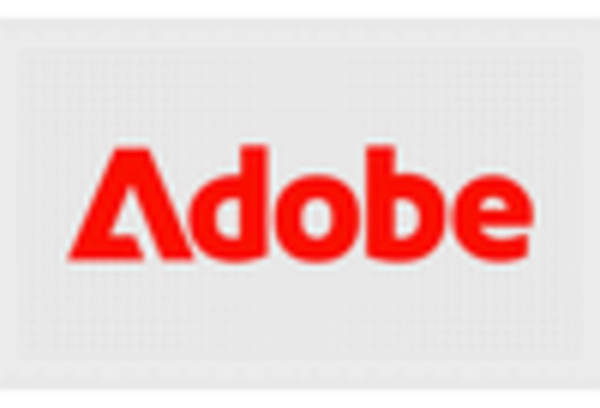
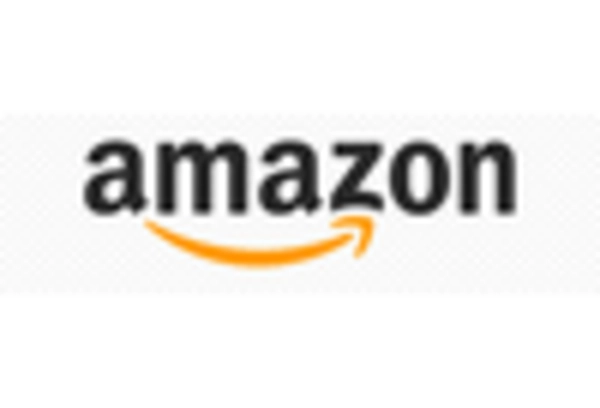

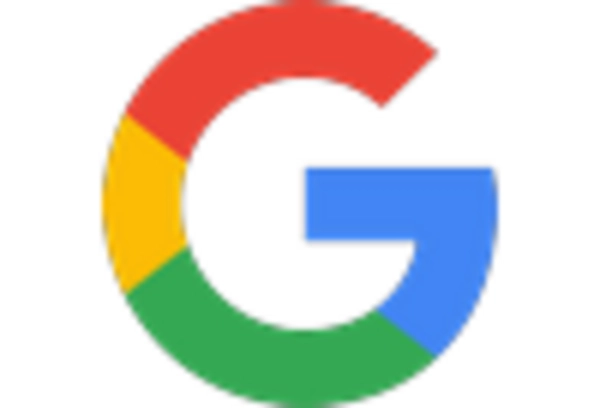
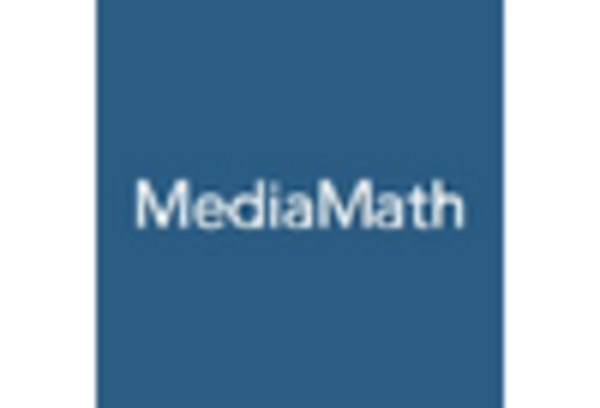
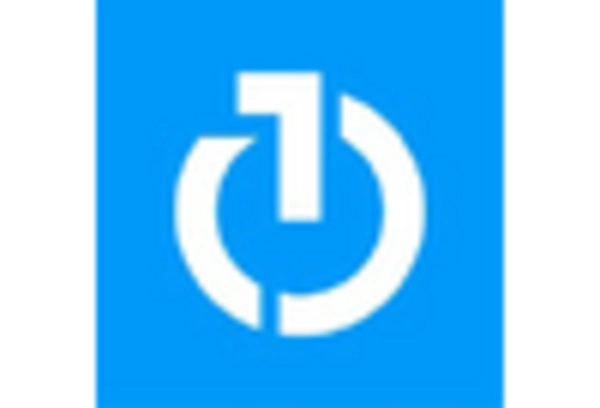








Leave a Comment